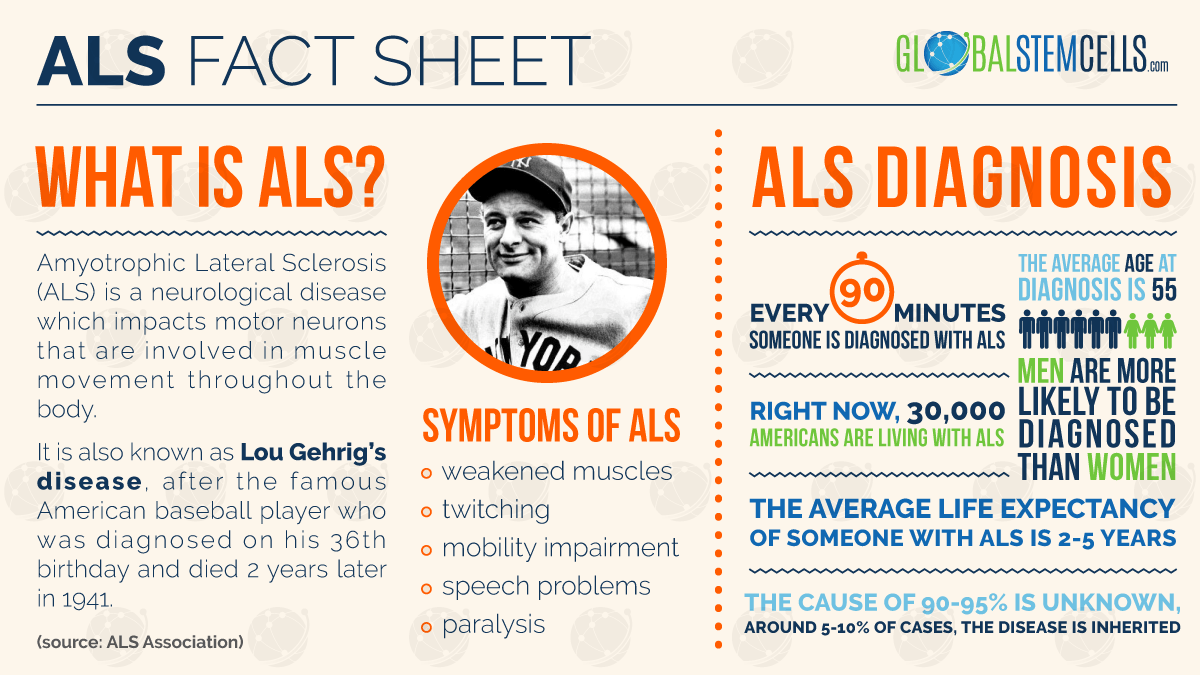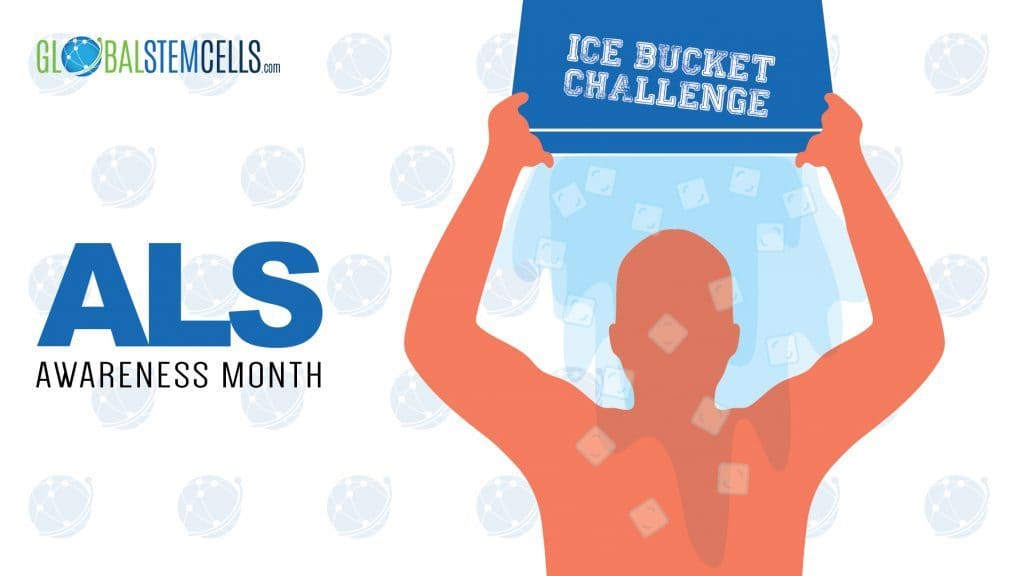Amyotrophic Lateral Sclerosis (ALS) (also known as Lou Gehrig’s disease, and named after the celebrated baseball player) is a neurological disease that targets the nerve cells (or neurons) which are responsible for controlling voluntary muscles in the limbs and face, among other organs. It is a rapidly progressive disease and was first identified by the French neurologist Jean-Martin Charcot in 1869.
It however only came to both national and international prominence when it prematurely ended the baseball career of Lou Gehrig, the New York Yankee’s Hall of Fame first baseman, in 1939. Not surprisingly the United States government provides the largest proportion of funding in the research of this disease. Although federal support has been consistent sustained advocacy ensures that more funding is forthcoming in the effort to find a cure for ALS.
ALS Research
Scientists whose work involves research on ALS have access to the National ALS Registry which is congressionally mandated to catalogue information on persons in the U.S. living with ALS. About 30, 000 patients in the country are living with the disease with 5,000 new diagnoses every year.
ALS Early Warning Signs
The early warning signs of ALS include general clumsiness which is characterised by tripping and falling, difficulty in walking and performing normal chores and hand weakness. Muscle cramps in the arms, shoulders and tongue are also among the early symptoms associated with ALS. Difficulty in swallowing and slurred speech may also indicate the onset of ALS. The inability to maintain good posture and to hold one’s head up are typical early warning signs of ALS. Weakness in the legs, feet and ankles may also be an indication of the presence of ALS.
It is important to note that ALS will invariably start in the limbs and progressively spread to other parts of the body. This advance is what eventually affects speaking, breathing, swallowing and chewing. One positive characteristic of ALS is that it very rarely infringes on bladder and bowel control and thinking ability.
Up to 10 per cent of all known cases of ALS are inherited. The remaining 90% have no known origin although scientists are following up on several leads that they believe will eventually yield results.

ALS Risk Factors
Risk factors generally associated with ALS include age, with the common age bracket under threat being the 40 to 60 years. Heredity is another established risk factor with up to 10 % of reported cases displaying this feature. Other risk factors include smoking and exposure to lead and other harmful substances. Persons who have seen military service appear to be more predisposed to acquiring ALS. Studies have yet to pinpoint what it is in the military that triggers the onset of ALS. This may be one or more of the various activities associated with the armed forces which include intense exertion, traumatic injuries and exposure to certain metals or chemicals among other factors.
An absolute cure for ALS is yet to be found. What are currently available are treatments to control the symptoms while preventing unnecessary complications and easing the lives of those living with the disease.
ALS Awareness Month will be a time for reflection, taking stock of gains achieved and exploring what the future holds in terms of treatment for this deadly disease.




 English
English